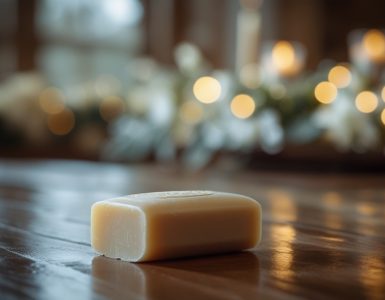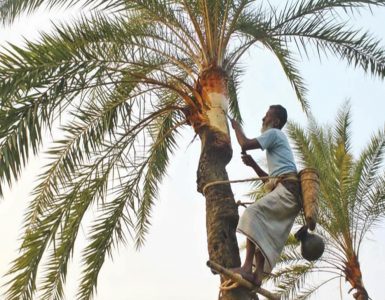I was a 10th or 11th-standard student then. On the day of Qurbani Eid, I gave a two-minute lecture on the waste management of sacrificial animals. That was 25/30 years ago. In that speech, I said that before slaughtering the sacrificial animal a pit should be dug so that the blood and remains of the animal can be buried after the sacrifice. Because when something is dedicated to the name of Allah Subhanahu wa Ta’ala, no matter how insignificant it is, its dignity becomes associated with Allah. For example, when we make a Qur’an Gelaf with a simple piece of cloth, it is no longer a simple cloth, it becomes a dignified object. Because we kiss the Gelaf, we look at it with devotion. Because then that common cloth becomes Nesbah with Quran. So we should bury the excrement of the sacrificial animal in the ground so as not to dishonour it. But many present at the Eidgah did not take it well. They said, since the time of our fathers and grandfathers, we have been performing sacrifices in the open without any problem; And today he is giving a speech.
I could not convince people then. But today that issue has become a social movement. All people took it positively. If not from a religious point of view, at least people have become aware of the urge to save the environment. The government has also taken it as important. Various departments of the government, especially city corporations of different cities, have now taken responsibility for cleaning these wastes. It’s nice to think. Alhamdulillah.
However let’s see how sacrificial animal waste can be easily managed on the day of Eid Ul Adha-
Eid ul-Adha, also known as the Festival of Sacrifice, is an important religious holiday celebrated by Muslims worldwide. It involves the sacrifice of animals, typically sheep, goats, cows, or camels, as an act of devotion and charity. Proper disposal of the animal waste generated during Eid ul-Adha is crucial to ensure hygiene, environmental sustainability, and public health. Here are some effective ways to manage and dispose of animal waste during this festive period:
1. Composting: Composting is an environmentally friendly method to manage organic waste, including animal waste. Designate a specific area in your backyard or community where animal waste can be composted. Create a compost pile by layering the animal waste with dry leaves, straw, or wood shavings. Regularly turn the compost pile to facilitate decomposition. Within a few months, the compost will transform into nutrient-rich organic matter that can be used to fertilize gardens or potted plants.
2. Biogas Generation: Biogas systems offer a sustainable solution for animal waste disposal. Biogas digesters use bacteria to break down organic waste, including animal waste, in an oxygen-free environment. This process produces biogas, which can be used as a renewable energy source for cooking, heating, or electricity generation. Biogas digesters not only help manage animal waste effectively but also contribute to reducing greenhouse gas emissions.
3. Burial: If composting or biogas generation is not feasible, burying animal waste is another option. Dig a hole away from water sources, preferably at least two feet deep. Place the animal waste in the hole, cover it with soil, and compact it to prevent odor and scavenger attraction. This method helps contain the waste and allows for natural decomposition over time.
4. Municipal Waste Collection: In areas with organized waste management systems, contact the local municipality or waste management authorities to inquire about specific guidelines for animal waste disposal during Eid ul-Adha. They may provide designated collection points or schedule special pickups to ensure proper disposal and prevent environmental contamination.
5. Animal By-Product Rendering: In some regions, there are rendering facilities that can accept animal waste for processing. Rendering involves converting animal by-products into useful materials such as animal feed, biodiesel, or industrial products. Check with local rendering facilities to determine if they accept animal waste and adhere to proper regulatory standards.
It is important to note that regardless of the disposal method chosen, maintaining good hygiene practices is essential to prevent the spread of diseases. Wear gloves, use appropriate cleaning materials, and wash hands thoroughly after handling animal waste.
Moreover, it is advisable to consult local regulations and guidelines regarding animal waste disposal in your area. Different regions may have specific rules or recommendations for the management and disposal of animal waste.
By adopting effective waste management practices, we can ensure that Eid ul-Adha remains a joyous occasion while minimizing the environmental impact and promoting sustainable practices. Let us celebrate the spirit of sacrifice responsibly and in harmony with our environment.







মন্তব্য করুন